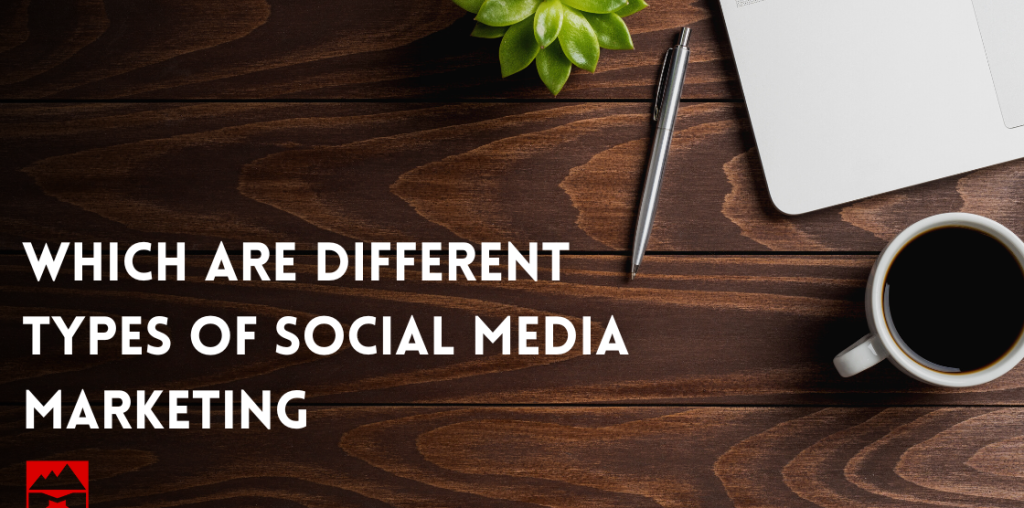Social media marketing can be a bit of a nightmare. There are so many different platforms, each with its own unique rules of engagement, and you might feel like you’re scratching the surface after hours of research. That’s why you need to be strategic about your social media marketing efforts from the start. In this article, we look at the differences between popular types of social media marketing and how you should focus your attention accordingly.
Blogging
Blogging is the foundation for most social media campaigns. It gives you the opportunity to publish content on a consistent basis for your target audience, and then be there for them when they want to find out more. If you’ve got a good blog, then you’ve got yourself a social media marketing machine. You can create content that can be anything from short tips to long-form guides, to reviews of your products or services. You can also use blogging to establish yourself as an authority and authority brand. But what are the different types of blog content you can create? – Short-form content – This is content that is less than 500 words in length. It’s the type of content your audience is likely to be interested in reading, and so they’re more likely to click on it than a long-form blog post. – Medium-form content – This is between 500 and 1,500 words long. – Long-form content – This type of content is more than 1,500 words in length. It’s great for creating detailed guides, how-to’s, and reviews that go into more depth than short-form content allows.
Email Marketing
There are a variety of types of email marketing that businesses can choose from. Some are more complex, while others are easier to implement.
There are two main categories: transactional and relationship. Transactional emails are ones that are sent when someone purchases a product or makes a transaction with your business. Relationship emails, on the other hand, are ones that build trust and customer loyalty. These tend to be less expensive and require less effort to set up.
There are also more specialized types of email marketing, like mobile and web-only marketing, but these can be hard to scale.
The most important thing is to pick the type(s) of email marketing that works for your business and stick with it.
Video Marketing
Videos are a great way to engage your audience and demonstrate what your business is all about. Because they’re more interactive than text-based content, they’re more likely to get noticed, share, and be viewed by more people. Videos can be a great way to demonstrate your products and services, but they’re also great for engaging your audience and building relationships. You can create videos targeted at different audience segments, create a series of videos that build on each other, such as an e-commerce store building a relationship with their customers, or create a video that your entire social media audience can enjoy. You can also create video landing pages that direct customers to a call-to-action that acts as a sales generator and encourage them to sign up for your email list or take some other action.
Influencer Marketing
To get the word out about your brand and your products, why not partner up with some popular influencers and create a partnership? All you have to do is find popular Instagram influencers that your product or service aligns with, and find a way to collaborate with them. You could ask them to feature one of your products in their posts or offer to provide a free review or testimonial for them to post. You could even try offering them a discount on their services if they decide to feature you. This can be done on both a paid and a free basis, depending on your budget and how willing you are to pay for exposure.
Social Networking Sites
These days, you’re unlikely to build a successful social media presence without some social networking site (SNS) engagement. There are many different types of social networking sites (SNS) you can use to build your brand online, but the most popular by far are Facebook, Instagram, and Twitter. Each of these sites has its own unique rules and regulations when it comes to brand management, and each has a unique audience and demographic that you’ll have to target. Facebook is the most widely-used SNS online and has a huge global reach. Its demographics are often skewed toward younger audiences, who are likely to use other online channels that are less popular than Twitter and Instagram. Instagram is much smaller than Facebook but is much more visual. It’s also very popular with younger audiences. Twitter is often seen as more of a newsfeed than an SNS and is much smaller in terms of global reach. However, its demographics are often skewed toward older audiences, who are more likely to be on Facebook, Instagram, and other SNSs.
Radio Advertising
Radio ads are classic, and can be quite effective. The problem is that they’re very limited in the places you can run them, and there’s no real way of quantifying their effectiveness. You can choose to partner with a radio station or own one, but owning your own station is much safer when it comes to social media marketing. You can use your radio station’s name, logo, and other trademarks in your ads. This makes them much more effective and able to stand out from the crowd. You can also create a series of ads and publish them on your station’s online platform. This way your audience will see all the ads and develop a good impression of your brand as a result.
Paid Online Advertising
There are many different forms of paid online advertising. Some of the most popular include Google Adwords, Facebook Ads, Instagram Ads, and Display Ads on platforms such as YouTube and Pinterest. These paid ads are often optimized to attract a specific type of person and are often based on demographics. This means that the ads that appear for you are likely to be more relevant to your interests and age bracket. You can also use paid online ads to direct website visitors who click on your ad to sign up for your email list, download a freebie, or take some other action. This type of online advertising is often associated with lead generation. It’s designed to encourage people to take action, such as signing up for your email list or making a purchase.
Conclusion
Social media marketing is a great way to drive more traffic to your business, build your brand, and reach more people with your message. However, it can be a bit of a hard slog if you don’t know what you’re doing. That’s why it’s important to be strategic about your strategy and choose the right types of social media for your business. From there, you can focus your efforts on building your audience, engaging with them, and turning them into customers.

